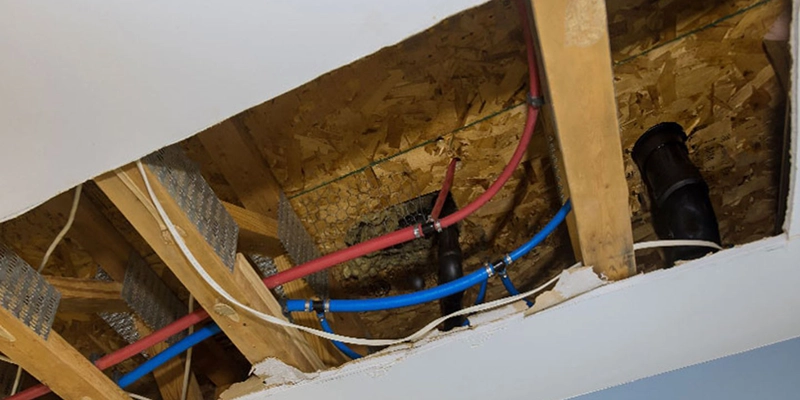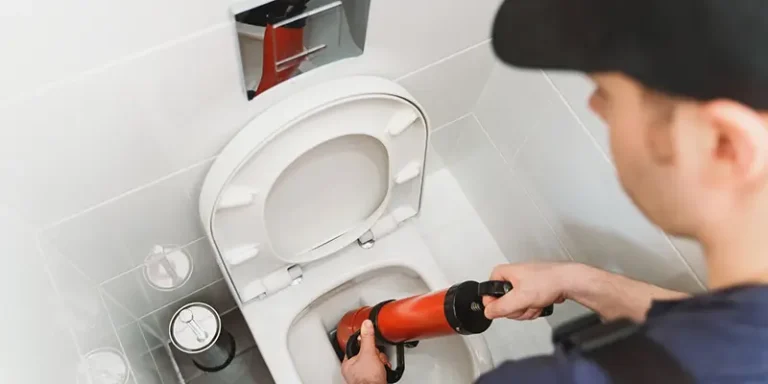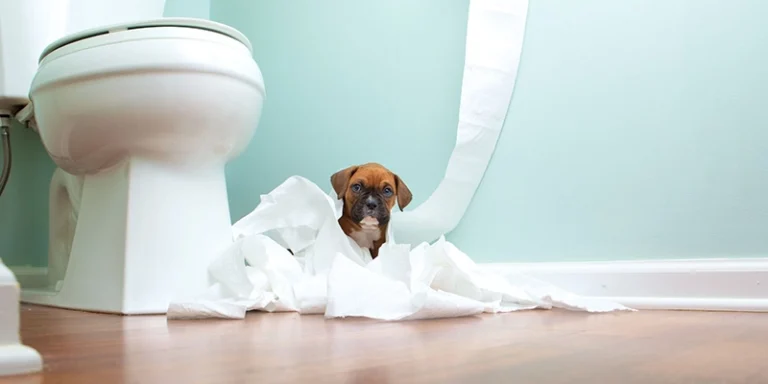If you are a homeowner, plumbing issues are inevitable. Over time, your pipes can corrode or burst causing water leaks in the house. While some of these problems can be fixed with a simple repair, others need a complete overhaul.
Additionally, older homes have outdated plumbing systems which need to be updated after a while. If you are having recurrent issues like low water pressure, water damage, hearing strange noises and spending a lot on repairs, you need to repipe your entire home.
Repiping sounds complicated and expensive; however, this process is quite simple. In this article, we’ll guide you through the whole process, what it involves, signs that you need to repipe, how long it takes, what materials to use and choosing a plumber.
What Does Home Repiping Involve?
Repiping your home requires time and effort. The process involves replacing all the old cold and hot water supply pipes in your house as well as waste drainage pipes. For most homeowners, this whole house repiping is a major renovation. So what does it involve? Here are some of the key steps in the repiping process.
Step 1: Get an inspection and estimate
A full repiping is a big investment so you need to know the scope of the work. Before any work begins, get a plumber or plumbing company to inspect your home and provide an estimate of how much it will cost. Based on the inspection, you can decide to either do a complete house repipe or partial repiping.
If you decide on a whole house repipe, the plumber may have to get a work permit from the local government.
Step 2: Prepare for the repiping process
Once you have the inspection done and an estimate, you can start preparing for the repiping process. Since you are hiring professional plumbers, they will take care of your home to avoid damaging furniture and appliances.
All the belongings will be covered in plastic since they will need to cut holes in the drywall to access the pipes. Furthermore, they might need to temporarily shut off your home’s water system for the repiping.
Step 3: Choosing the pipes
Your repiping specialist will then suggest the best pipe alternatives depending on your home needs. You have to choose between pex, copper and CPVC. Each of these alternatives has its benefits and drawbacks; therefore, you need to carefully consider these factors.
In addition, most plumbers have their own preferred choice, which means they will recommend their favorite building material. To choose the best option for your home, you need to understand how each type works. For instance, if you prefer PEX pipes, you’ll have to hire a certified plumber skilled in PEX repiping.
Step 4: The repiping process
Once the plumbers have covered all the work areas with plastic sheets, they’ll use special tools to mark the exact locations of the pipes behind the walls. The pipes in the flooring area can be accessed from the ceiling or basement, making it easier to install new pipes.
After the installation is done, the technicians will clean up and restore your home to its original condition by repainting and patching up the drywall. Once the process is done, your home will have a new plumbing system.
How Long Does It Take To Repipe A House?
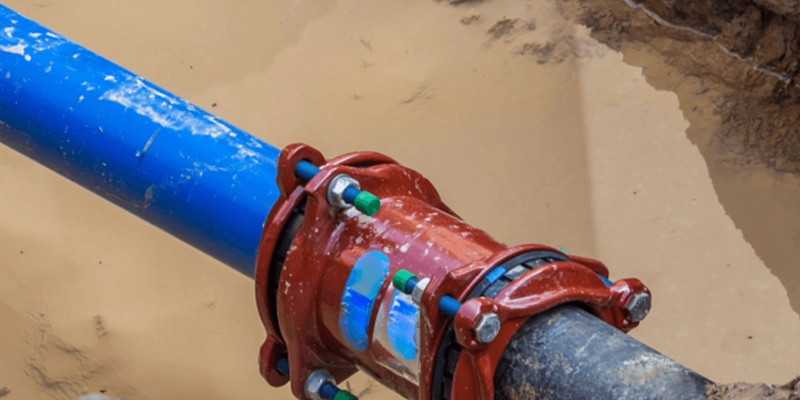
Before you decide to repipe your house you need to know how much time it will take to fit into your plumbing fixtures. Generally, a complete repiping can take a few days to a week depending on the size of your home. Larger homes with multiple bathrooms will take longer than smaller houses.
However, during the repiping process, you will still use your plumbing. Most of the work involves fixing the new plumbing network alongside the old pipes. You’ll only have no water when the plumbers are changing your network from the old plumbing system to the new one.
How Will I Know If I Need to Repipe My House
A complete house repipe takes a lot of time and money; however, it’s unavoidable. It’s also recommended to change your old piping system after staying in your home for some years. So, when exactly should you repipe your house? Here are some of the signs that it’s time.
Your home has lead pipes
- If your home was built in 1920 or earlier, there is a chance that it has lead pipes. These pipes are only a concern in homes that have been around for about a century.
- Lead pipes can pose severe health risks to you and members of your household. Therefore, it’s better to replace these lead pipes with modern pipes as soon as you can.
Your home has galvanized steel pipes
- Before World War II, galvanized steel pipes were very common in American homes. However, they are not ideal because they become corroded after a certain number of years.
- Once the corrosion builds up in the pipes, your water flow will get restricted. Additionally, it’s a healthy hazard because the sediment from the rust can end up in your drinking water.
You have recurring plumbing problems
- If you are constantly paying for plumbing repairs, it might be better to get a new system. Fixing recurring issues can be costly in the long run because you have to pay the plumber as well as buy new tools or pipes.
- To avoid this, install a brand new plumbing system in your entire house.
You want to remodel your house
- Remodeling your house can make it feel brand new. If you are thinking about remodeling, installing new kitchen and bathroom plumbing fixtures, you can do a repipe at the same time.
- This will save you time and money especially if there are some pipes that already have damages. You won’t have to pay for the plumbing work later.
What Pipe Material Should You Choose?
When you decide to repipe your house, you’ll need to choose the new pipes to use. While the plumber can recommend the best material, you should choose the best option for your home.
The most common materials today are copper, CPVC and PEX. Here’s how the three materials compare.
Copper
Many plumbers recommend copper pipes because they are made of true and tried material. They are the oldest piping system in use today. Copper pipes are highly rated for home plumbing systems. Once you install them, they can serve you for about 75 to 100 years.
Pros
- They don’t corrode like galvanized steel pipes
- They are more durable compared to PEX pipes
- Copper is temperature resistant
- They don’t harbor contaminants and bacteria
- They can withstand shocks from an earthquake
- You can use them for decades
Cons
- They usually freeze during winter, which can cause a pipe leak or burst
- Copper is vulnerable to acidic water that could lead to leaks
- They are more costly than PEX pipes
- These pipes require insulation
- Plumbers have to remove larger sections of drywall for installation
- Homeowners complain of water hammer because they are louder than other pipes.
- You have to solder them with an open flame which can be hazardous.
CPVC (Chlorinated polyvinyl chloride)
This material is commonly used because it’s easier to work with compared to copper. It’s mostly used for existing structures; therefore, it works for a remodel. Although CPVC can serve you for at least 50 years, these pipes don’t last as long as the copper ones.
Pros
- They are cheaper than copper pipes
- They are acidity-resistant
- They are safe for transporting drinking and hot water.
Cons
- They are more pricey than PVC pipes
- These pipes can crack during an earthquake, so they are not ideal for earthquake-prone areas.
PEX
PEX is the newest piping material that has become popular in the plumbing world. It’s easy to work with, flexible and versatile, making it a favorite for modern builders. It was introduced in construction in Europe before becoming popular in the United States in the late 1990s and early 2,000’s.
Pros
- Since its flexible it’s quieter than copper pipes
- More cost effective
- They are easier to install and can be bent around walls
- They are environmentally friendly
- You don’t need joint fittings during installation
- They are naturally insulated
- These pipes are less likely to crack when it’s freezing
- Good choice for homes with a concrete slab foundation
- Require smaller openings in the drywall.
Cons
- Durability still unknown because they are relatively new to plumbing
- Less durable than copper pipes
How Much Does House Repiping Cost?
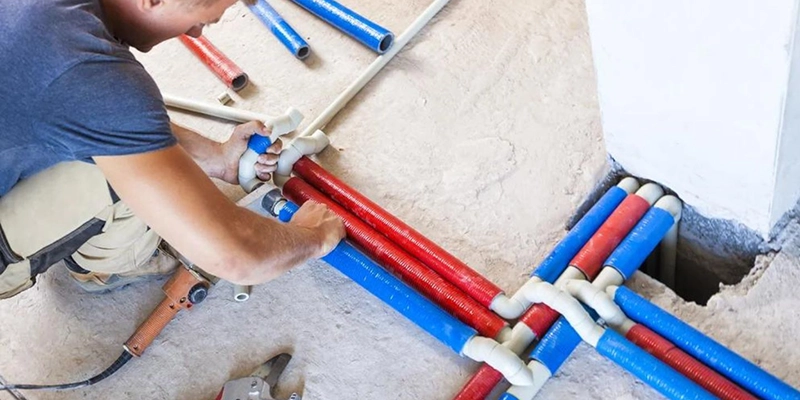
5. Frizzlife Under Sink Water Filter System
Under-sink filtration systems mean that you can drink clean, filtered water straight from the faucet.
They are also easy enough to install on your own without a plumber.
The system is certified by NSF and can reduce a specific set of contaminants in the drinking water, including chlorine, lead, and heavy metals.
Natural minerals, however, will not be removed, ensuring that your water is healthier and tastes great.
This under-sink filter is easy to replace, with a built-in shut-off valve that enables easy maintenance.
You don’t need to shut off your water supply when you replace the filter cartridge.
There’s also no need to replace the plastic housing, just the inside cartridge, making it a good choice for eco-friendly homeowners.
It doesn’t take up any counter space or form a bulky eyesore on your faucets, but on the downside, you will need to go through the effort and hassle of replacing the inner filter every three to six months.
How To Hire the Right Plumber
Repiping is a critical job, so you need to hire a plumber that understands the job. Some of the things to consider are;
- The number of years worked
- Quality references
- They provide a full detailed estimate
- A guarantee or warranty for their work
If you are looking for a qualified plumber for your home, contact us today . We have more than 15 years experience in repiping. We use top-of-the-line products and piping materials and state-of-the-art technology designed to last.
Visit our home repairs related articles below for more information on how to address the issue in your home. We have advice on everything from fixing a leaky faucet to fixing clogged sewer line. Our expert advice will help you get your home back in order in no time!




